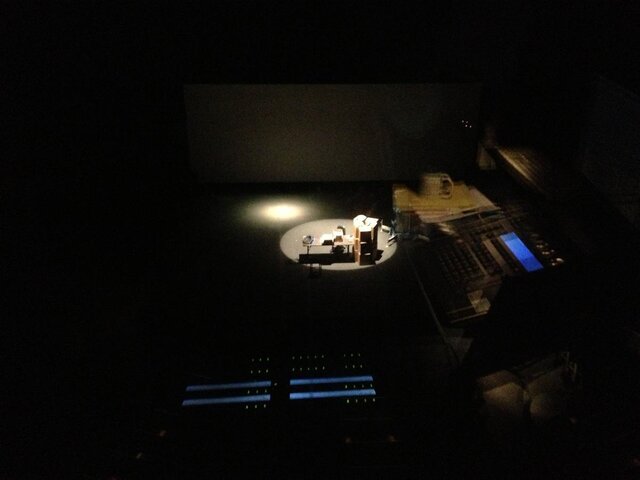JChenault
Well-Known Member
I recently had an opportunity to sit down in a dark demo room with the new ETC S4 LED and a conventional fixture. My intent was to put some colors in the conventional unit, dial up the S4 LED, and compare them with my eye on human skin. I wanted to see how good the matching was both from a 'How close is this on a white wall' and 'How good is the Selador multiple colors at mimicking gel"
I was using an element to control the LED unit. The profile was set to a D-60 luster. The fixture was set to 'Theatre mode' which put it in HSI ( hue saturation intensity).
The attempt was a abject failure as the color matching was worse than awful. I was getting visibly different colors ( R-80 was especially humorous. It was a fairly bright blue green). The color matching was so bad that I have to think we set something up wrong.
Anyone out there tried something like this. What results did you get? Any idea what we might have done wrong?
I was using an element to control the LED unit. The profile was set to a D-60 luster. The fixture was set to 'Theatre mode' which put it in HSI ( hue saturation intensity).
The attempt was a abject failure as the color matching was worse than awful. I was getting visibly different colors ( R-80 was especially humorous. It was a fairly bright blue green). The color matching was so bad that I have to think we set something up wrong.
Anyone out there tried something like this. What results did you get? Any idea what we might have done wrong?



